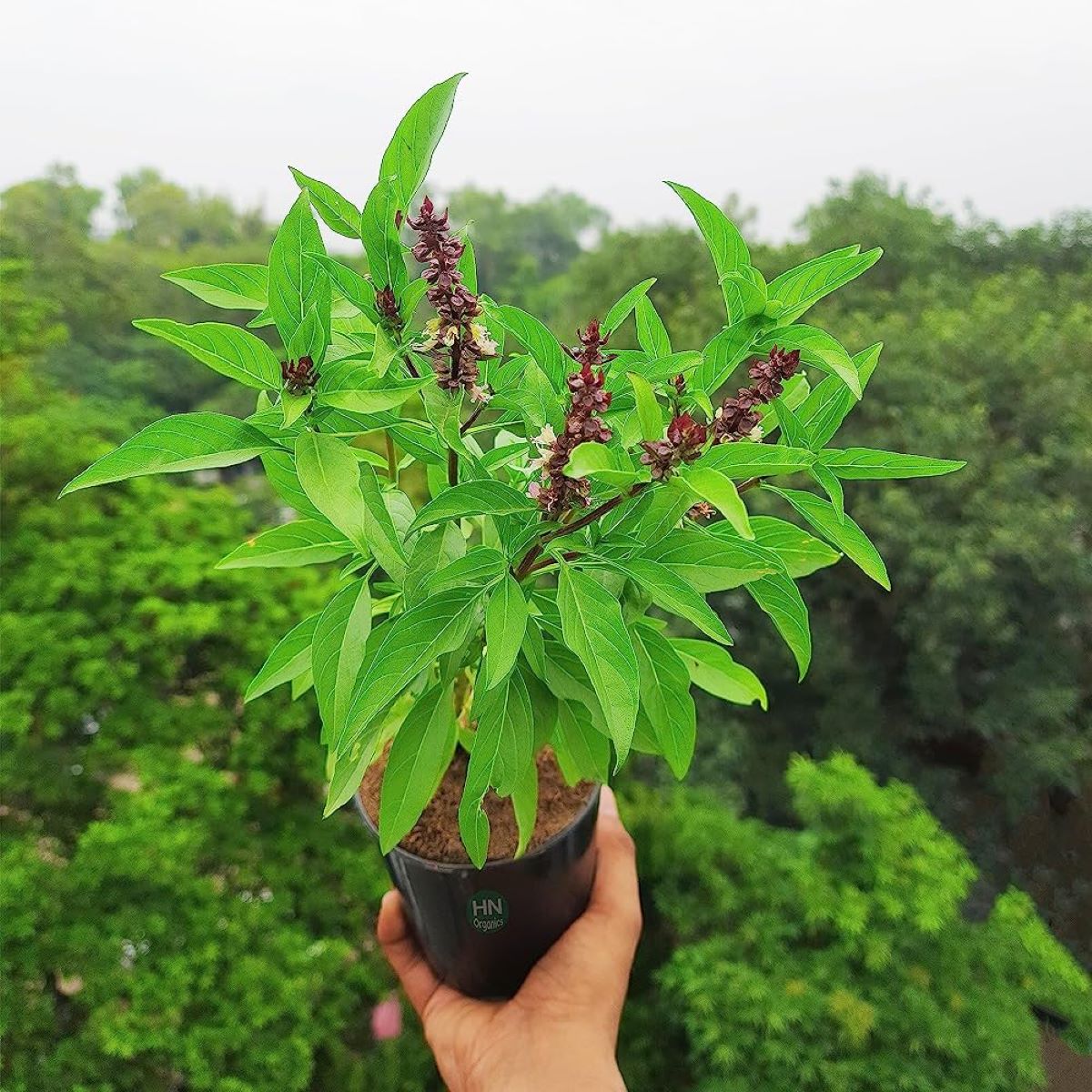

Articles
How To Store Fresh Thai Basil
Modified: February 23, 2024
Learn how to properly store fresh Thai basil with our step-by-step guide. Discover tips and tricks to keep this aromatic herb fresh for longer.
(Many of the links in this article redirect to a specific reviewed product. Your purchase of these products through affiliate links helps to generate commission for Storables.com, at no extra cost. Learn more)
Introduction
Thai basil is an aromatic herb commonly used in Southeast Asian cuisine, renowned for its distinctive flavor and fragrance. Its vibrant green leaves and sweet, peppery taste add a delightful touch to various dishes, including curries, stir-fries, and salads. If you are fortunate enough to have access to fresh Thai basil, you will want to ensure its longevity, allowing you to enjoy its flavors for as long as possible.
In this article, we will explore different methods for storing fresh Thai basil, whether you have a surplus from your garden or picked up a bunch from the grocery store. From refrigeration to freezing, preserving in oil, and drying, each technique has its own merits and will help you prolong the lifespan of this aromatic herb.
By properly storing fresh Thai basil, you can maintain its freshness and vibrant flavor, bringing an authentic taste of Thai cuisine to your home cooking. So, let’s dive into the world of Thai basil storage and discover the best methods to keep this herb at its best.
Key Takeaways:
- Preserve the vibrant flavors of fresh Thai basil by refrigerating, freezing, preserving in oil, or drying. Each method offers a unique way to extend the herb’s shelf life and enhance your culinary creations.
- Handle fresh Thai basil with care, from choosing high-quality herbs to storing leftovers properly. Enjoy the distinctive taste and aroma of Thai basil in your dishes year-round.
Read more: How To Store Thai Basil
Choosing Fresh Thai Basil
When it comes to storing fresh Thai basil, selecting high-quality herbs from the start is essential. Here are a few tips on how to choose the best Thai basil:
- Look for vibrant green leaves: Opt for Thai basil with bright, lush, and vibrant green leaves. Avoid any basil with discoloration, wilting, or yellowing.
- Fragrance: Give the basil leaves a gentle sniff. Fresh Thai basil should have a strong aroma that is characteristic of its peppery and slightly sweet scent.
- Tenderness: Check the stems of the Thai basil. They should be firm and pliable, not wilted or dry. The leaves should also feel supple to the touch.
By choosing fresh Thai basil, you’re setting the foundation for successful storage. The better the quality of the herb, the longer it will remain flavorful and aromatic.
Storing Fresh Thai Basil
Properly storing fresh Thai basil is crucial to maintain its flavor, aroma, and texture. While Thai basil can be more delicate than common basil varieties, there are several methods you can use to preserve its freshness. Let’s explore these methods:
Method 1: Refrigerating Thai Basil
Refrigerating Thai basil is a simple and effective way to extend its shelf life. To do this, follow these steps:
- Trim the stem ends of the Thai basil.
- Place the fresh Thai basil in a jar or glass filled with water.
- Cover the top loosely with a plastic bag, leaving some room for airflow.
- Store the jar in the refrigerator.
The cool temperature and moisture in the jar will help keep the Thai basil fresh for up to a week. Change the water every two days or when it starts to appear cloudy.
Method 2: Freezing Thai Basil
Another option for storing fresh Thai basil is to freeze it. Freezing helps preserve the herb’s flavor and allows you to have Thai basil on hand for future use. Here’s how to freeze Thai basil:
- Wash and dry the Thai basil leaves thoroughly.
- Place the leaves in a single layer on a baking sheet lined with parchment paper.
- Flash freeze the leaves in the freezer for about 30 minutes until they are firm.
- Transfer the frozen leaves into an airtight freezer bag or container.
- Label the bag or container with the date.
- Store the Thai basil in the freezer for up to 3 months.
Method 3: Preserving Thai Basil in Oil
Preserving Thai basil in oil not only extends its shelf life but also imparts its flavors into the oil, creating a versatile ingredient for future culinary creations. Here’s how to preserve Thai basil in oil:
- Wash and dry the Thai basil leaves thoroughly.
- Place the leaves in a food processor or blender.
- Add a small amount of oil, such as olive oil or canola oil.
- Pulse the mixture until the leaves are finely chopped and blended with the oil.
- Transfer the mixture to an airtight container or ice cube trays.
- Store the container or trays in the freezer.
The preserved Thai basil in oil can be used in sauces, soups, stir-fries, or drizzled over dishes to add a burst of flavor.
Method 4: Drying Thai Basil
If you prefer to have dried Thai basil on hand, drying is a great option. Dried Thai basil can be used in teas, spice blends, or crushed and sprinkled on dishes. To dry Thai basil:
- Bundle the stems of Thai basil and tie them together with string.
- Hang the basil bundle upside down in a well-ventilated area at room temperature.
- Allow the basil to dry for about two weeks until the leaves are crispy.
- Remove the dried leaves from the stems and store them in an airtight container.
Ensure the container is kept in a cool, dark place to maintain the flavor and fragrance of the dried Thai basil.
By utilizing these different storage methods, you can enjoy the flavors of fresh Thai basil in your dishes year-round, even when it’s out of season.
Method 1: Refrigerating Thai Basil
Refrigerating Thai basil is a simple and effective way to extend its shelf life and keep it fresh for longer. Here’s how you can refrigerate Thai basil:
- Trim the stem ends: Start by trimming the stem ends of the Thai basil. This will help the herb absorb water and stay fresh.
- Prepare a jar or glass: Fill a glass or jar with about one inch of water. Make sure the container is clean and free from any residue.
- Place Thai basil in the container: Gently place the Thai basil stems into the jar or glass, ensuring that the cut ends are submerged in water.
- Loosely cover the basil: To create a humid environment, loosely cover the top of the jar with a plastic bag. This will help retain moisture while still allowing some airflow.
- Store in the refrigerator: Place the jar or glass in the refrigerator. The cool temperature will help slow down the herb’s aging process.
Refrigerated Thai basil can remain fresh for up to a week, allowing you to enjoy its vibrant flavor and aroma in your culinary creations. However, it’s important to note that Thai basil is a delicate herb, and its leaves may wilt slightly over time. To refresh the basil, you can change the water every two days or whenever it becomes cloudy. This will help maintain its freshness and crispness.
When using refrigerated Thai basil, simply pluck the leaves as needed, and give them a quick rinse before incorporating them into your dishes. The refrigerated Thai basil will still impart its characteristic peppery and sweet flavors, making your meals taste authentically Thai.
Whether you’ve harvested Thai basil from your garden or bought a bunch from the store, refrigerating it is a convenient way to ensure its longevity. By following these steps, you can enjoy the flavors of fresh Thai basil for an extended period, enhancing your culinary endeavors with its unique taste and fragrance.
Method 2: Freezing Thai Basil
Freezing Thai basil is an excellent way to preserve its flavor and have it readily available for future use. Here’s how you can freeze Thai basil:
- Wash and dry the Thai basil leaves: Start by washing the Thai basil leaves thoroughly under cold water. Gently pat them dry using a clean kitchen towel or paper towels.
- Flash freeze the leaves: Arrange the dry basil leaves in a single layer on a baking sheet lined with parchment paper. Make sure the leaves are not overcrowded. Place the baking sheet in the freezer and allow the leaves to freeze for about 30 minutes or until they become firm.
- Transfer to a freezer-safe container: Once the basil leaves are frozen, transfer them into a labeled freezer-safe bag or airtight container. Squeeze out any excess air before sealing the bag or container tightly.
- Store in the freezer: Place the bag or container in the freezer, making sure it is stored upright to avoid the leaves from getting crushed. The frozen Thai basil can be stored for up to three months.
When you’re ready to use the frozen Thai basil, simply remove the desired amount of leaves from the freezer and add them directly to your dishes. There’s no need to thaw them beforehand. The freezing process helps retain the herb’s flavor and aroma, allowing you to enjoy the authentic taste of Thai basil even during off-seasons.
Keep in mind that frozen Thai basil won’t retain its crisp texture once thawed. Its leaves may become slightly wilted, but they will still provide the characteristic taste and fragrance that make Thai cuisine so delightful.
Utilizing frozen Thai basil can be a convenient option when you don’t have access to fresh herbs or when you want to have a stockpile of Thai basil on hand for impromptu cooking sessions. Enjoy the vibrant flavors of Thai basil in your favorite recipes by using this freezing method.
Store fresh Thai basil by trimming the stems and placing them in a glass of water, covering the leaves with a plastic bag, and storing in the refrigerator. Change the water every few days to keep the basil fresh.
Read more: How To Store Thai Basil In Fridge
Method 3: Preserving Thai Basil in Oil
Preserving Thai basil in oil is not only a great way to extend its shelf life but also a fantastic way to infuse the oil with its flavors. Here’s how you can preserve Thai basil in oil:
- Wash and dry the Thai basil leaves: Start by washing the Thai basil leaves thoroughly under cold water. Pat them dry using a clean kitchen towel or paper towels.
- Blend the leaves and oil: Place the dry basil leaves in a food processor or blender. Add a small amount of oil, such as olive oil or canola oil. The oil helps create a smooth consistency and enhances the flavors of the basil.
- Pulse until well-combined: Process the basil leaves and oil mixture until it forms a smooth paste. This will ensure that the basil is evenly distributed throughout the oil.
- Transfer to a container: Pour the basil and oil mixture into an airtight container or ice cube trays, depending on your storage preference. Make sure to leave some headspace if using a container.
- Label and store in the freezer: Seal the container or cover the ice cube trays with plastic wrap. Label the container with the date of preservation, as the basil oil can be stored in the freezer for up to three months.
Preserved Thai basil in oil can be used to enhance the flavors of various dishes. You can add a spoonful to sauces, soups, marinades, or even drizzle it over grilled vegetables or roasted meats. The oil will carry the delicious taste and aroma of Thai basil, making your dishes burst with authentic Thai flavors.
When using the basil-infused oil, simply spoon out the desired amount and let it come to room temperature before incorporating it into your recipes. The oil may solidify when refrigerated, so it’s best to use it at room temperature to enjoy its full potential.
Preserving Thai basil in oil allows you to have a versatile ingredient that adds a touch of Thai flavor to your cooking. Plus, it’s a great way to make use of an abundant harvest or prolong the life of store-bought Thai basil. Enjoy the convenience and taste of basil-infused oil in your culinary creations.
Method 4: Drying Thai Basil
Drying Thai basil is a traditional method of preserving this aromatic herb, allowing you to enjoy its flavors even when it’s out of season. Here’s how you can dry Thai basil:
- Bundle the stems: Gather a small bunch of Thai basil stems and tie them together with a piece of string or a rubber band. This will make it easier to handle and hang the herbs for drying.
- Hang the basil upside down: Find a well-ventilated area away from direct sunlight and moisture. Hang the bundled Thai basil upside down, ensuring that the leaves are not touching any surfaces.
- Leave to dry: Allow the basil to air dry for about two weeks or until the leaves become crispy to the touch. The drying time may vary depending on humidity levels in your environment.
- Remove the leaves: Once the Thai basil is completely dried, carefully remove the leaves from the stems. Discard any discolored or damaged leaves and keep the ones that are intact and properly dried.
- Store in an airtight container: Transfer the dried Thai basil leaves into an airtight container, such as a glass jar or a resealable bag. Ensure the container is clean and dry before adding the dried leaves.
- Keep in a cool, dark place: Store the container in a cool, dark pantry or cupboard. The absence of light and moisture will help preserve the flavor and aroma of the dried Thai basil.
Dried Thai basil can be used in a variety of ways. You can crush the dried leaves to create a spice blend, add them to tea blends for a herbal infusion, or sprinkle them on dishes as a flavorful garnish. The dried basil will retain its distinct taste and fragrance, allowing you to infuse your meals with the essence of Thai cuisine.
When using dried Thai basil, remember that the flavors may be more concentrated compared to fresh or frozen basil. It’s best to start with smaller amounts and adjust according to your taste preferences.
By drying Thai basil, you can enjoy its flavors year-round and reduce waste. Experiment with this traditional preservation method to expand your culinary repertoire and incorporate the unique taste of Thai basil into your dishes.
Tips for Handling Fresh Thai Basil
Handling fresh Thai basil properly is key to maintaining its freshness, flavor, and aroma. Here are some helpful tips to keep in mind when working with this aromatic herb:
- Wash just before use: It’s best to wash Thai basil just before you’re ready to use it. Excessive moisture can cause the leaves to wilt and deteriorate more quickly, so avoid washing it in advance.
- Handle gently: Thai basil leaves are delicate, so handle them with care to prevent bruising or tearing. Avoid crushing or squeezing the leaves excessively, as this can result in loss of flavor and texture.
- Remove tough stems: Before using Thai basil in your dishes, remove any tough or woody stems. These stems tend to have a stronger, less desirable texture.
- Tear or chiffonade the leaves: To get the most out of the flavor and aroma of Thai basil, tear the leaves or chiffonade them into thin strips. This will release the herb’s essential oils, enhancing its taste in your recipes.
- Use in the final stages of cooking: To preserve Thai basil’s flavor and vibrant color, it’s best to add it towards the end of the cooking process. This ensures that it retains its freshness and potency.
- Pair with complementary ingredients: Thai basil pairs well with ingredients like garlic, ginger, chili peppers, coconut milk, fish sauce, and lime. Experiment with different combinations to create dishes that showcase Thai basil’s unique taste.
- Store leftovers properly: If you have any leftover Thai basil after using it in a recipe, store it using one of the preservation methods mentioned earlier. Refrigerating, freezing, preserving in oil, or drying will help extend its shelf life and prevent waste.
By following these tips, you can handle fresh Thai basil with care and keep it at its peak freshness. This will allow you to enjoy the herb’s distinctive flavor and aromatic qualities in your culinary creations.
Conclusion
Fresh Thai basil is a delightful herb that adds a unique and aromatic touch to Southeast Asian cuisine. By properly storing this herb, you can prolong its freshness and enjoy its distinctive flavors for longer periods. Whether you choose to refrigerate, freeze, preserve in oil, or dry Thai basil, each method offers a way to preserve its unique taste and fragrance.
Refrigerating Thai basil in water helps maintain its crispness and can keep it fresh for up to a week. Freezing Thai basil allows you to have this flavorful herb on hand throughout the year, ready to add to your dishes. Preserving Thai basil in oil infuses the oil with its distinct flavors, providing a versatile ingredient for future culinary adventures. Drying Thai basil offers a traditional preservation technique that can be used to create spice blends, herbal teas, and garnishes.
When handling fresh Thai basil, remember to treat it gently and use it in the final stages of cooking to preserve its aroma and vibrant color. Pair it with complementary ingredients to create dishes that highlight its unique taste. And if you find yourself with leftover Thai basil, be sure to store it properly using one of the preservation methods mentioned above.
Whether you grow Thai basil in your garden or purchase it from the store, the ability to store and preserve it allows you to enjoy the flavors of Thai cuisine whenever you desire. So, make the most of this aromatic herb and elevate your culinary creations with the vibrant taste of Thai basil.
Incorporate these storage techniques into your cooking routine and savor the flavors of fresh Thai basil year-round. Your meals will be infused with the essence of Thai cuisine, adding a touch of authenticity and aromatic delight.
Frequently Asked Questions about How To Store Fresh Thai Basil
Was this page helpful?
At Storables.com, we guarantee accurate and reliable information. Our content, validated by Expert Board Contributors, is crafted following stringent Editorial Policies. We're committed to providing you with well-researched, expert-backed insights for all your informational needs.
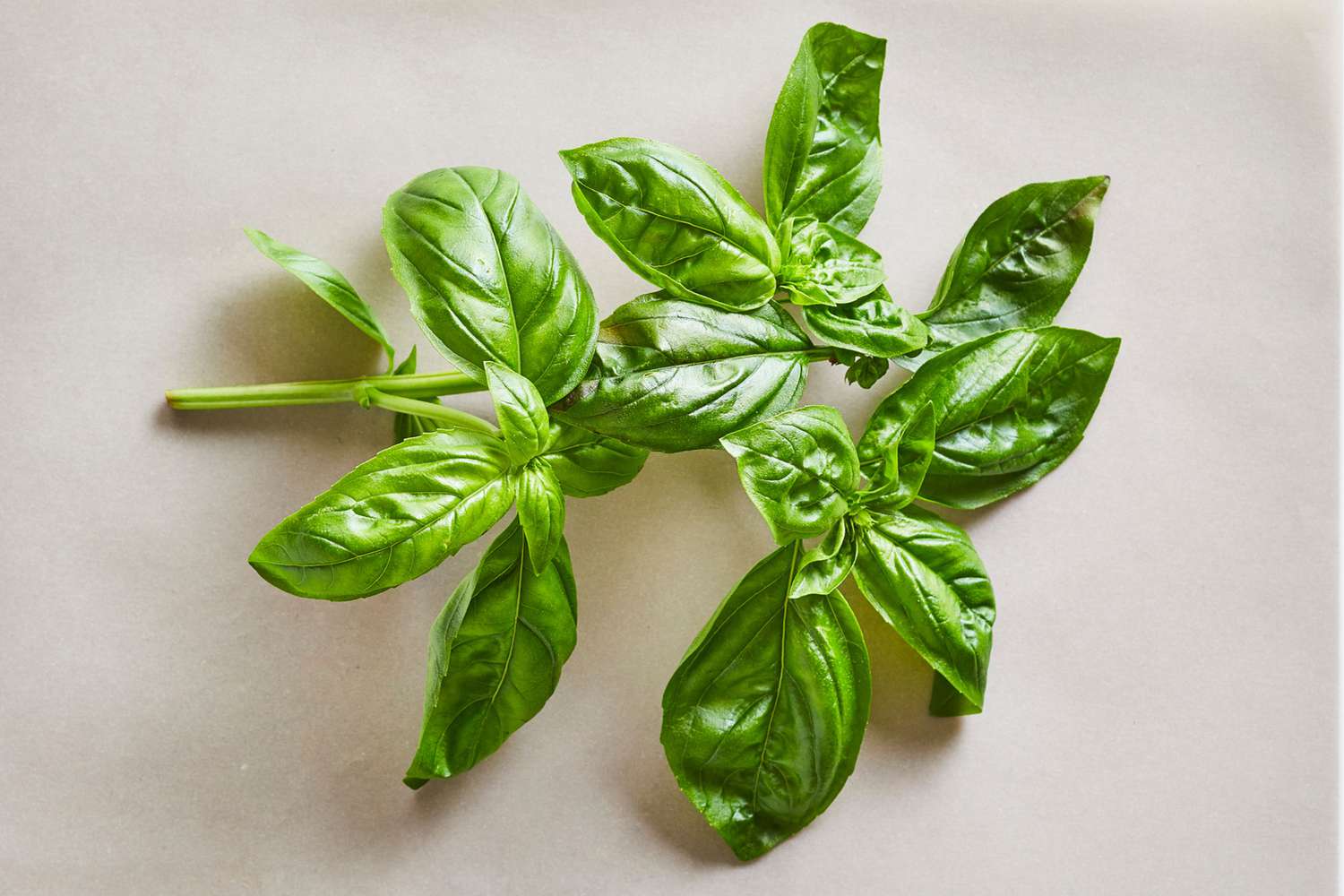
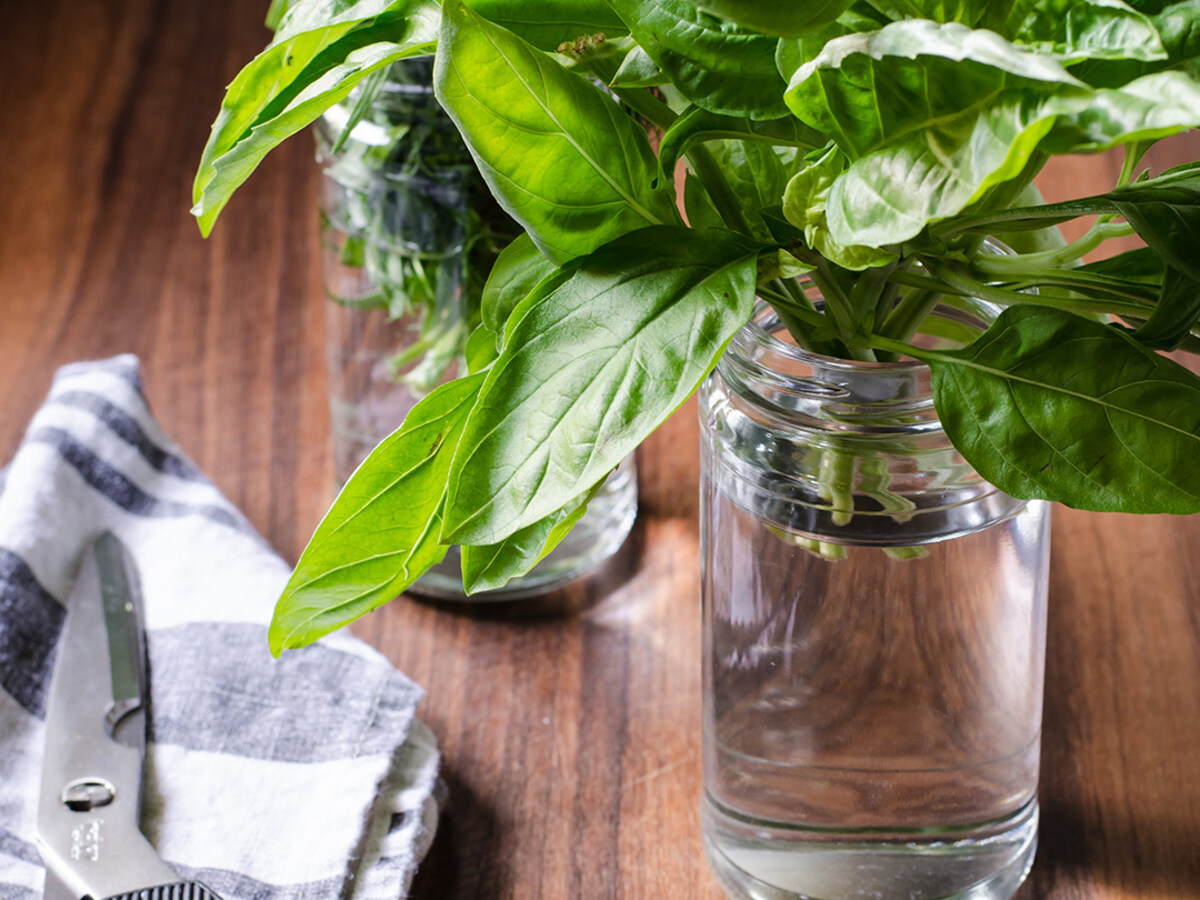
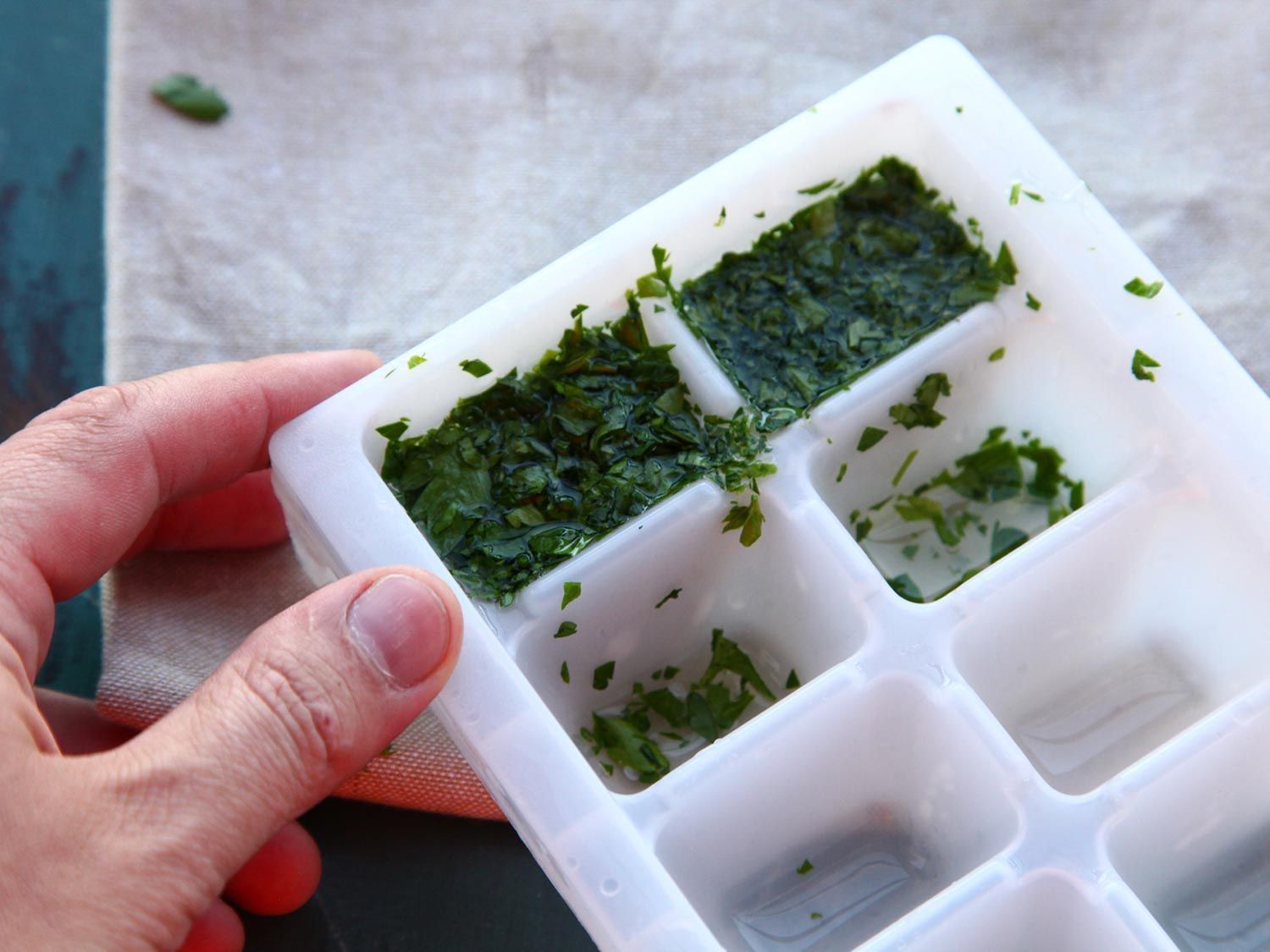
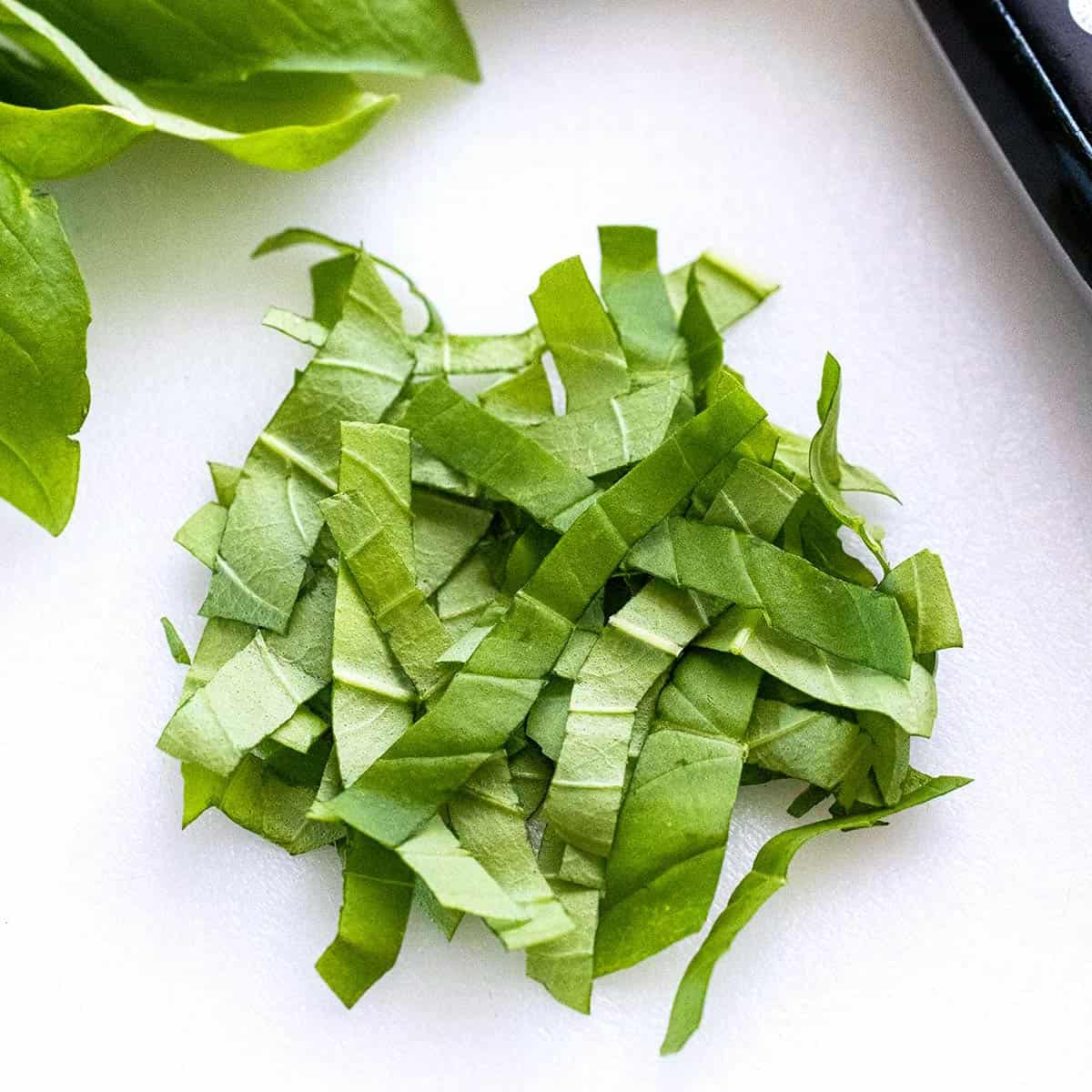
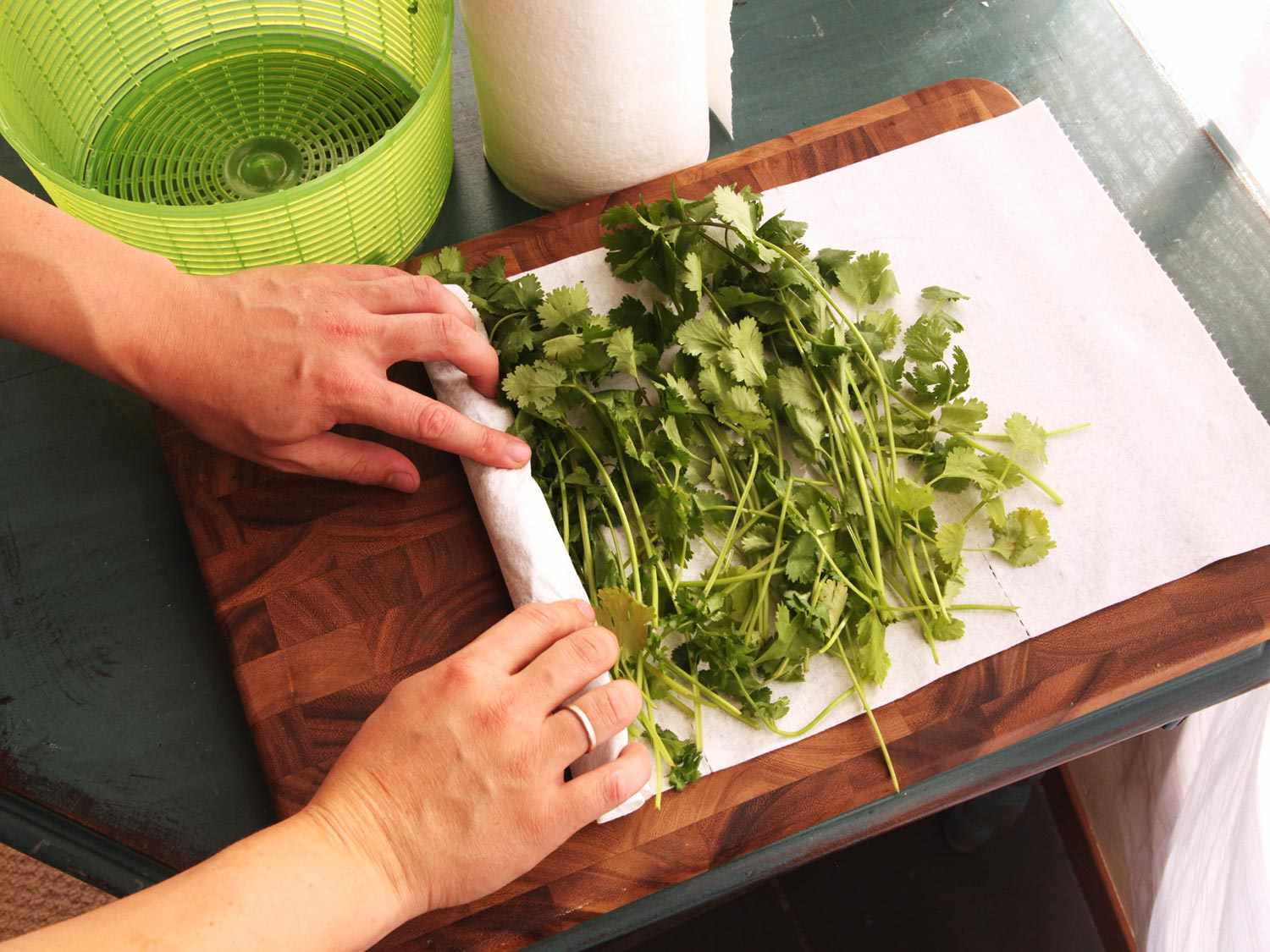
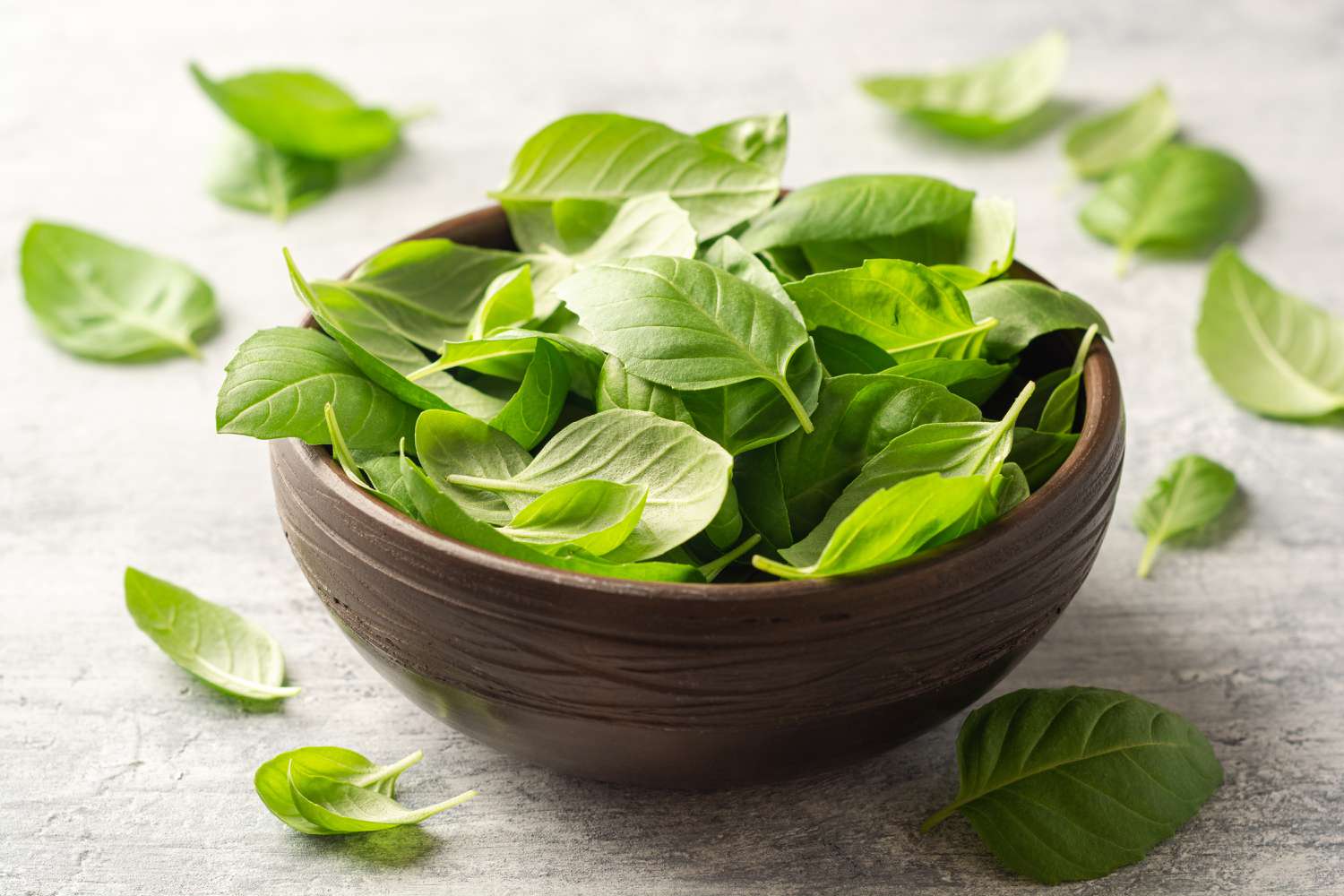
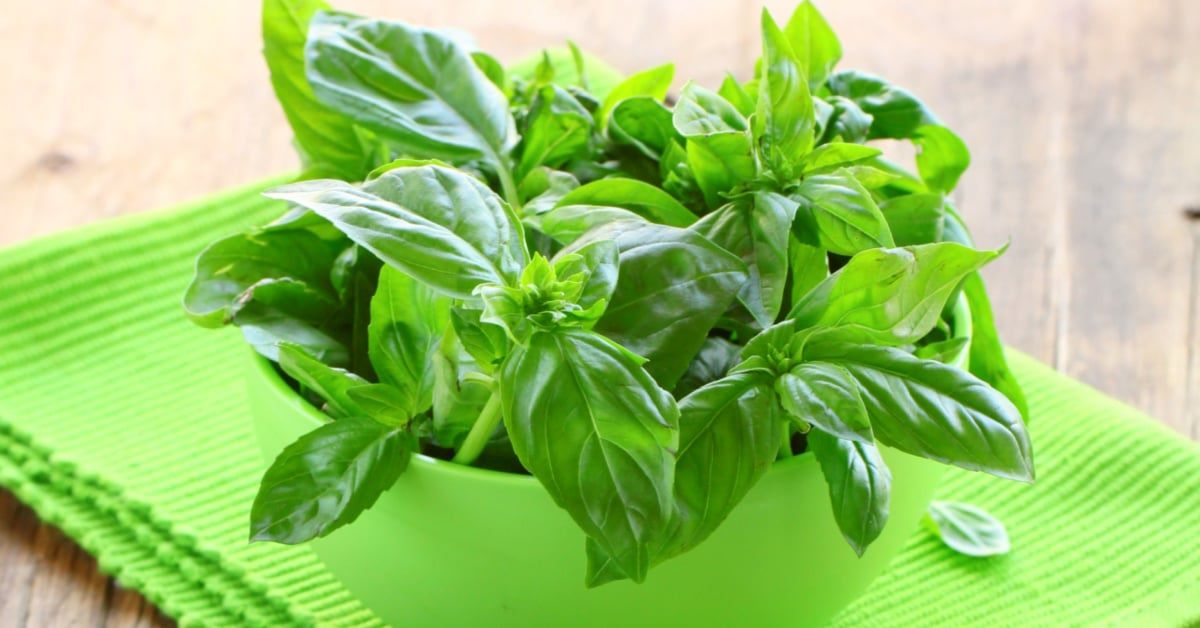
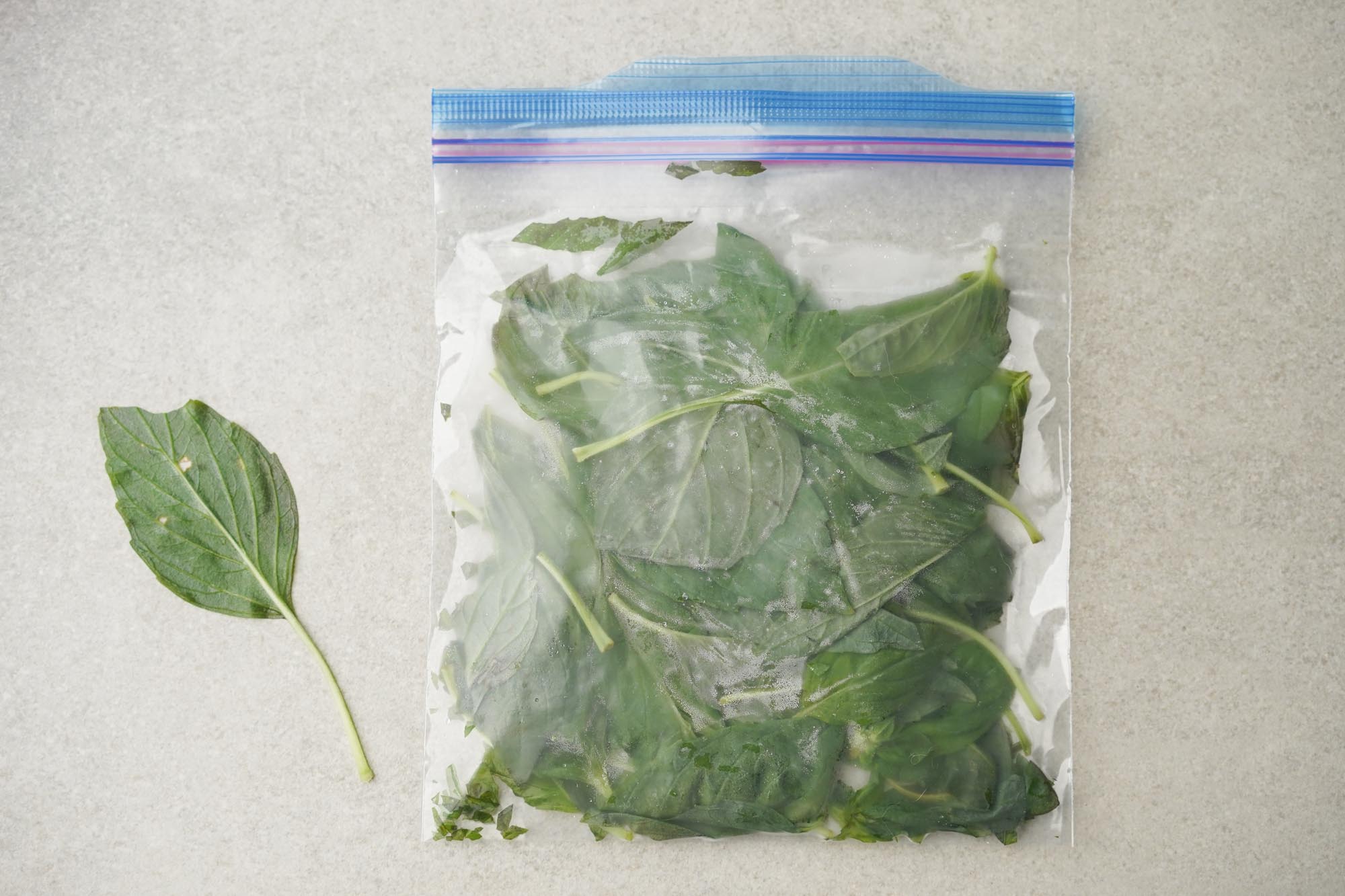
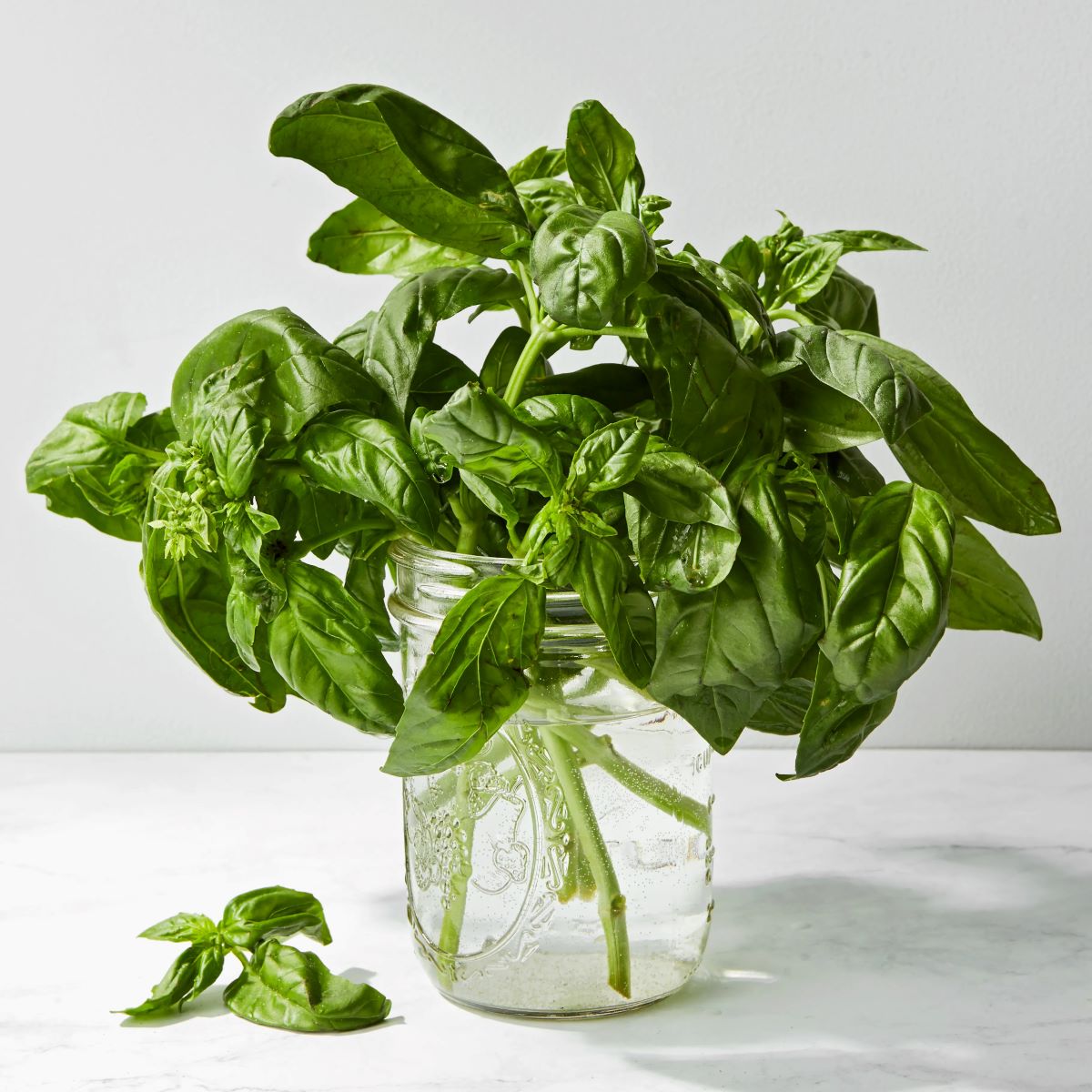
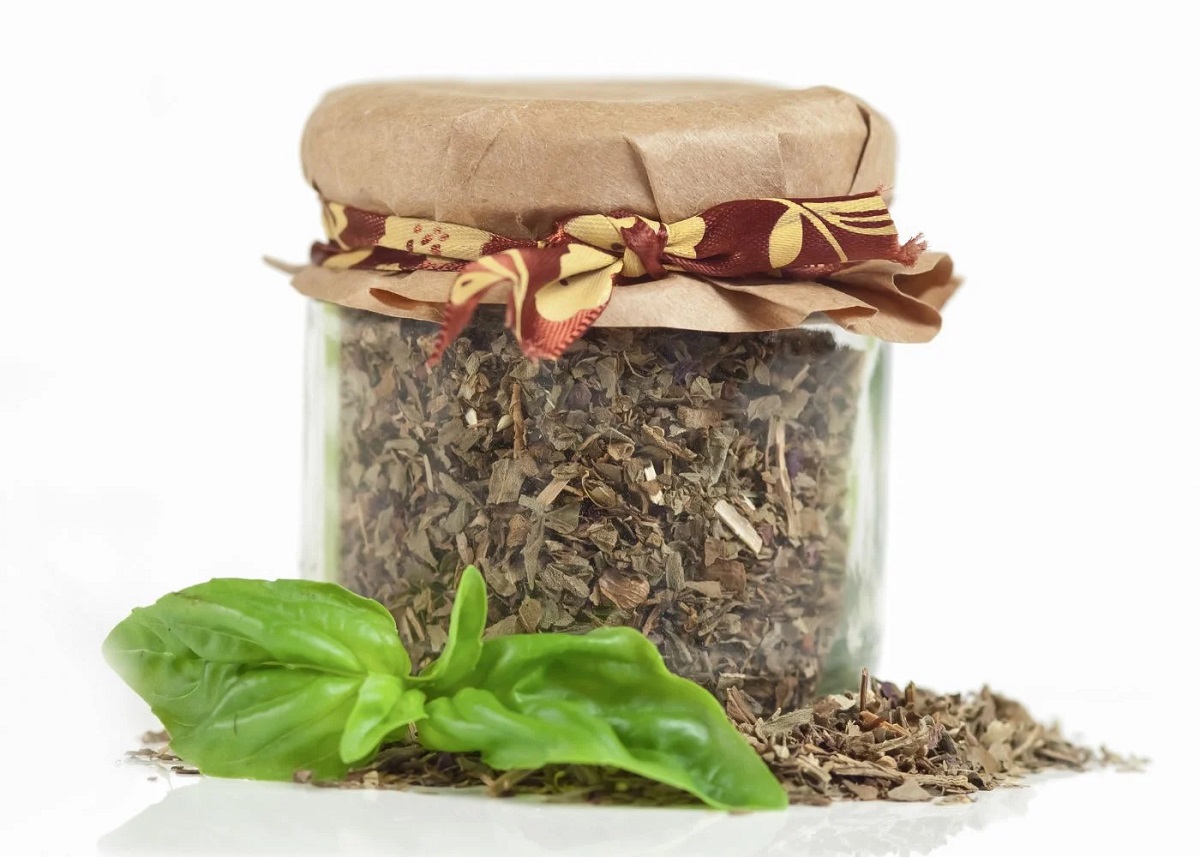
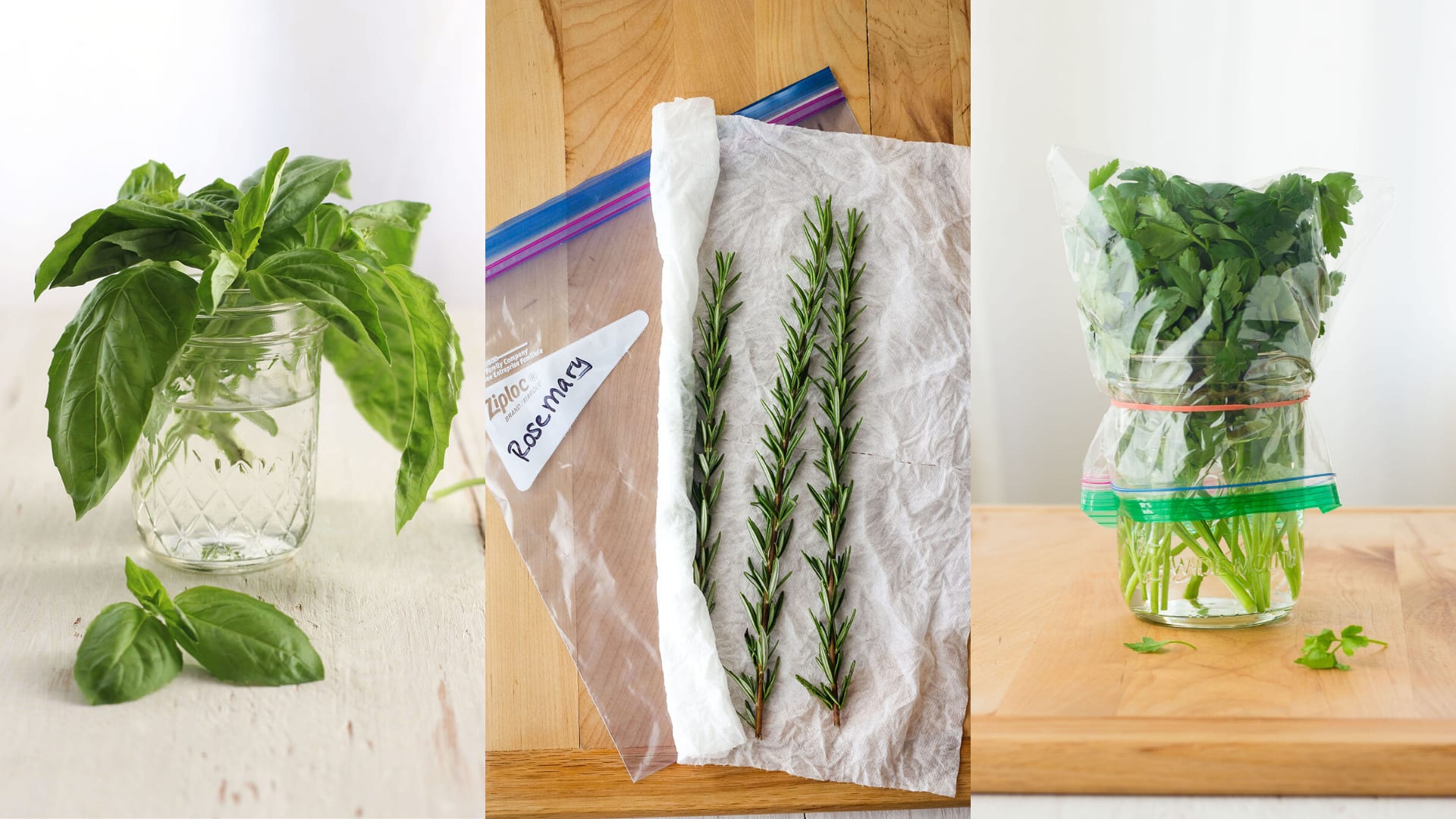
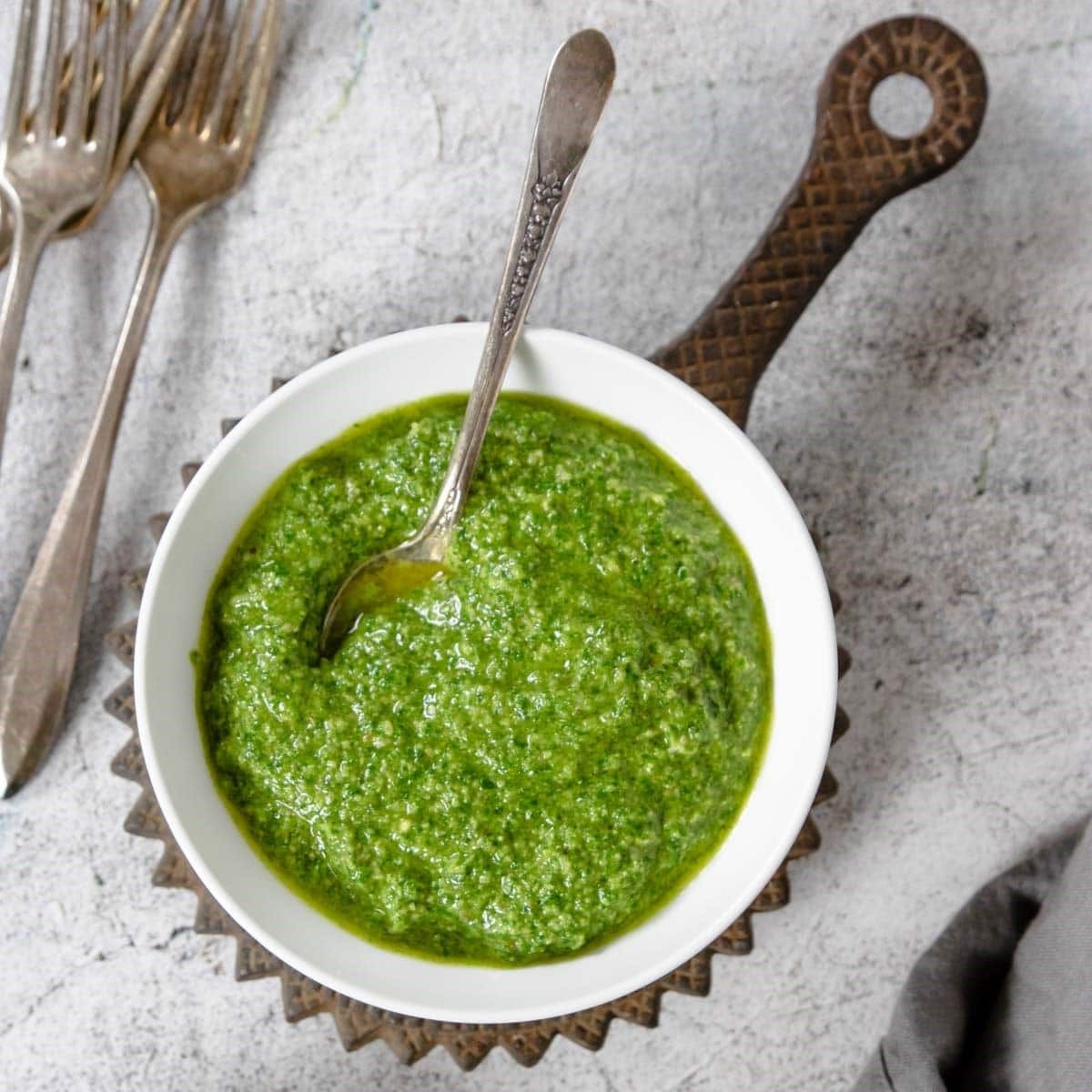



0 thoughts on “How To Store Fresh Thai Basil”